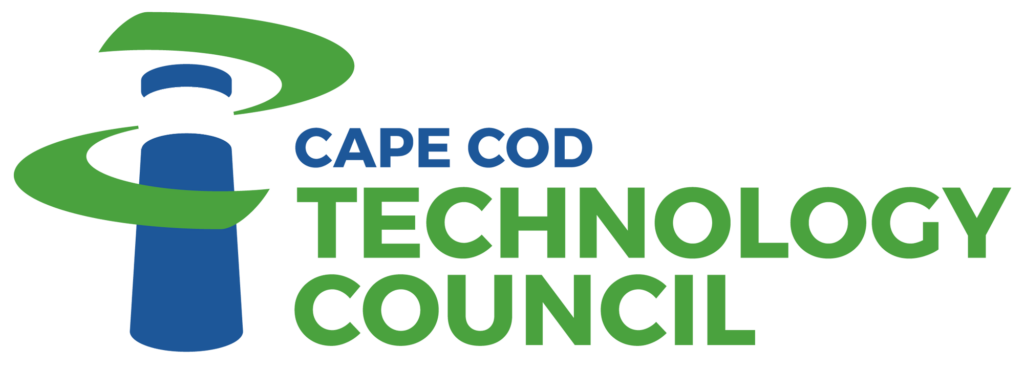How are you getting stuff done?
Because our members work on many types of projects, the October First Friday Breakfast was about the merits of Agile vs. Traditional project management, by Alicia Trelles-Duckett.
There has been much discussion lately about the emergence and success of “Agile” project management, with many companies now declaring Agile methods their corporate standard. Trelles-Duckett, who has over 20 years of experience in Project Management, gave us an overview of both types of project management, with suggestions on how to use each.
When we manage projects, we try to be as productive as possible, with shrinking resources. From the Model T assembly line to Gantt charts, project management has evolved along with the projects. With the quick iteration of the types of projects many of us are working on today, it’s not surprising that a new method is creating a buzz in the industry.
In traditional project management, one step is completed entirely before moving to the next. There is a waterfall sequence, moving from phase to phase: initiate, plan, execute, monitor and control, close.
The advantages are that it gets stuff done. It has the potential for lower costs, agreement on the end product, highly visible reports, and standardization. Additionally, there is so much reporting in traditional project management that those reports can be used for press releases and other outside applications.
The downside is that traditional project management is not graceful with urgent projects. It’s very slow, especially if clients are unsure of what they want. Since a change requires going back to square one, and each step must be completed in sequence, projects with rapidly changing scope or mid-stream technology changes cannot afford the time required traditionally.
Meanwhile, every day there are half a dozen new articles on agile project management. So what is it?
Agile project management thrives on urgent projects, giving immediate feedback between customer and developer. It leverages group problem solving, making it perfect for rapid changes.
An agile project begins with a user story: a description of project, with priorities given by the customer in the product backlog. There is a daily meeting, or inspection, between customers and the project manager. In this meeting they review what is preventing them from deploying, as well as what they did yesterday, what they are doing today, and what they need to adjust. The team meets every day over a 30 day iteration, with a finished product (or the prioritized pieces of a larger project) in a finite amount of time. Daily inspections include testing and documenting, so the project is ready for use at the end of the cycle.
Agile is good when you are working on a project that will have a series of releases. If an idea doesn’t make it in this time, it can be developed in the next update. If you only have one shot at something, and it’s a fixed price, traditional is a good fit.
Traditional is also still best if we have complex efforts we need to deploy. A skyscraper, for instance, is built with traditional project management. A fixed-price project that we’ve bid on needs to be outlined completely from the beginning.
There can also be a hybrid, with traditional planning, and an agile approach to changes.
How do you document when things are changing so quickly?
It requires re-thinking your tools. Accompanying reporting infrastructure needs to be incorporated, with all changes documented in the backlog. When the product backlog is changed to include something new, something old has to go so we can still meet the 30 day deadline. The work that went into the discarded part is now not useful.
What tools are there?
Base Camp has been very useful for some clients, and more are becoming available every day. It was also suggested that the documents exist in the cloud, so edits are not being made to the wrong version of a circulating document.
Each of us does unique activities. We do many different things, in separate industries. What does the end game look like for your project?
Alicia has over 20 years of experience in the Project Management field: 15 of them deploying global projects for Blue-Chip clients with IBM Global Services, and 6 years as a PMP certification instructor in Europe. Alicia has deployed ICT projects in the US, Europe, Scandinavia, Latin America and Asia, and is author of the highly successful International Project Fundamentals course. She teaches in English as well as Spanish.
Alicia hold a BS in Industrial Engineering from Georgia Tech and an MS in Management from Boston University, Brussels. During her years living in Great Britain, she contributed to Program Management research projects at Oxford University’s Saïd Business School. She is certified in IBM’s WSDDM methodology, as well as a Project Management Professional (PMP®).
